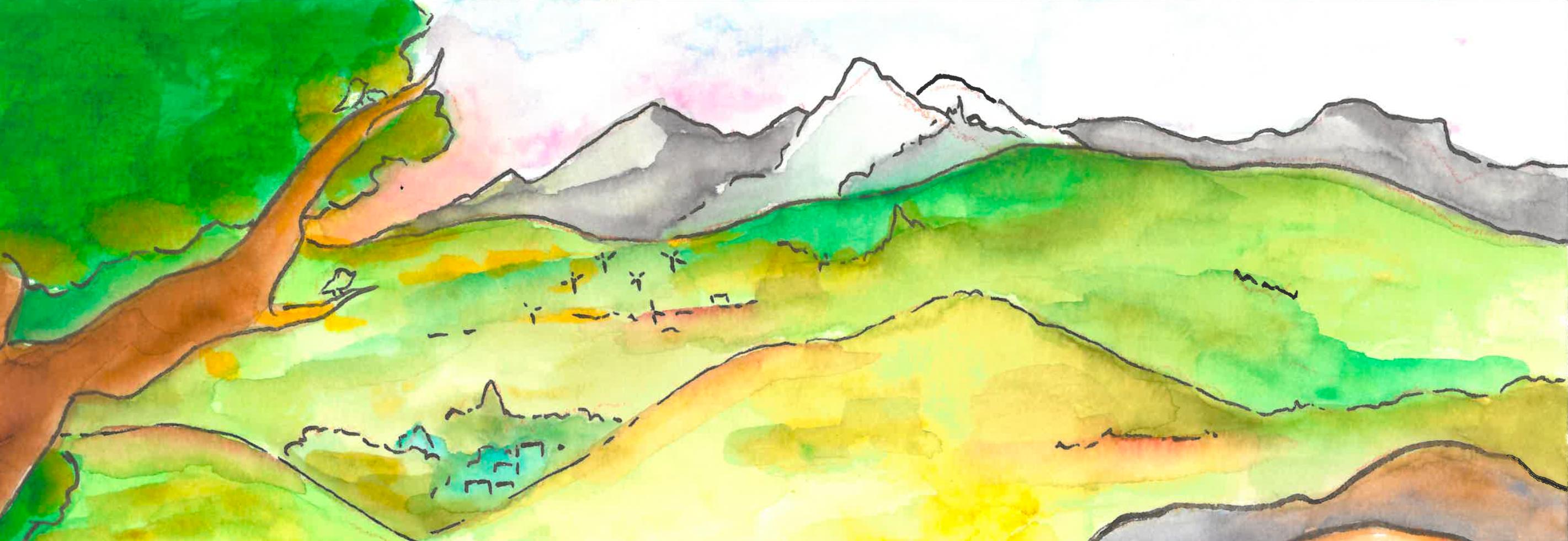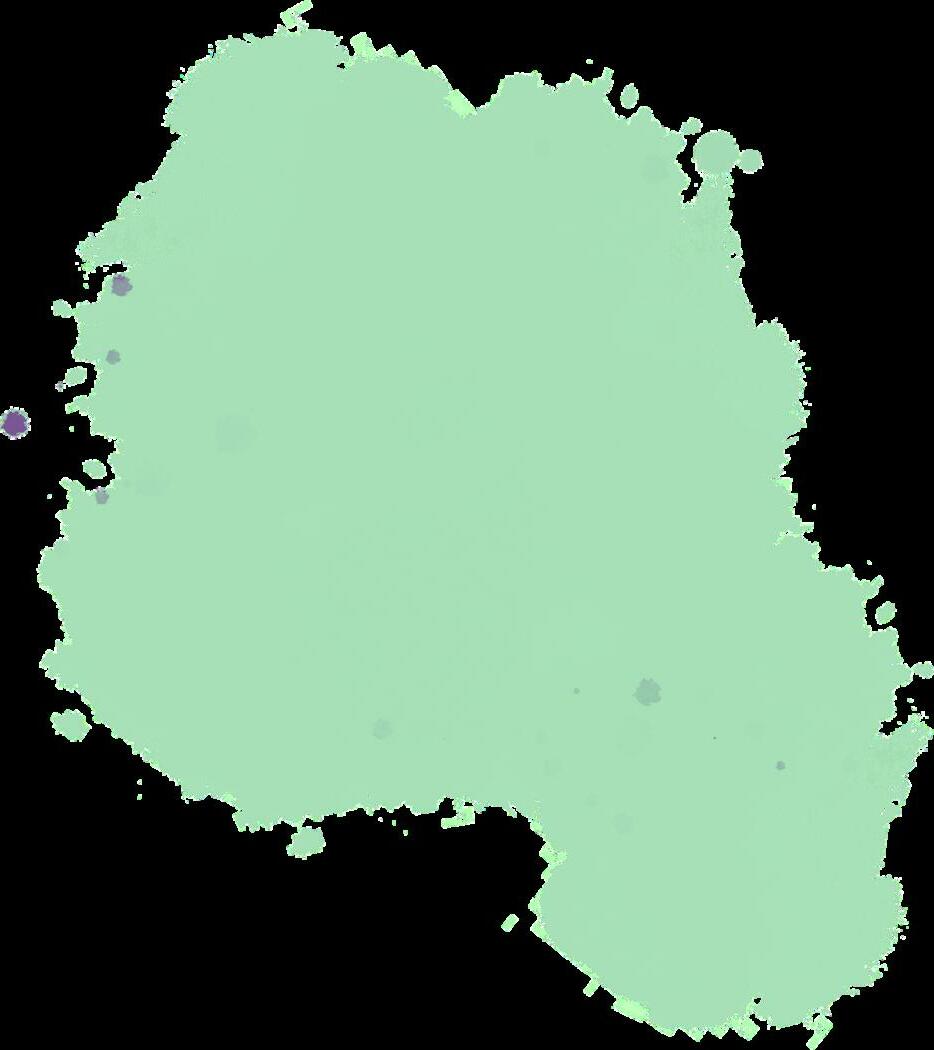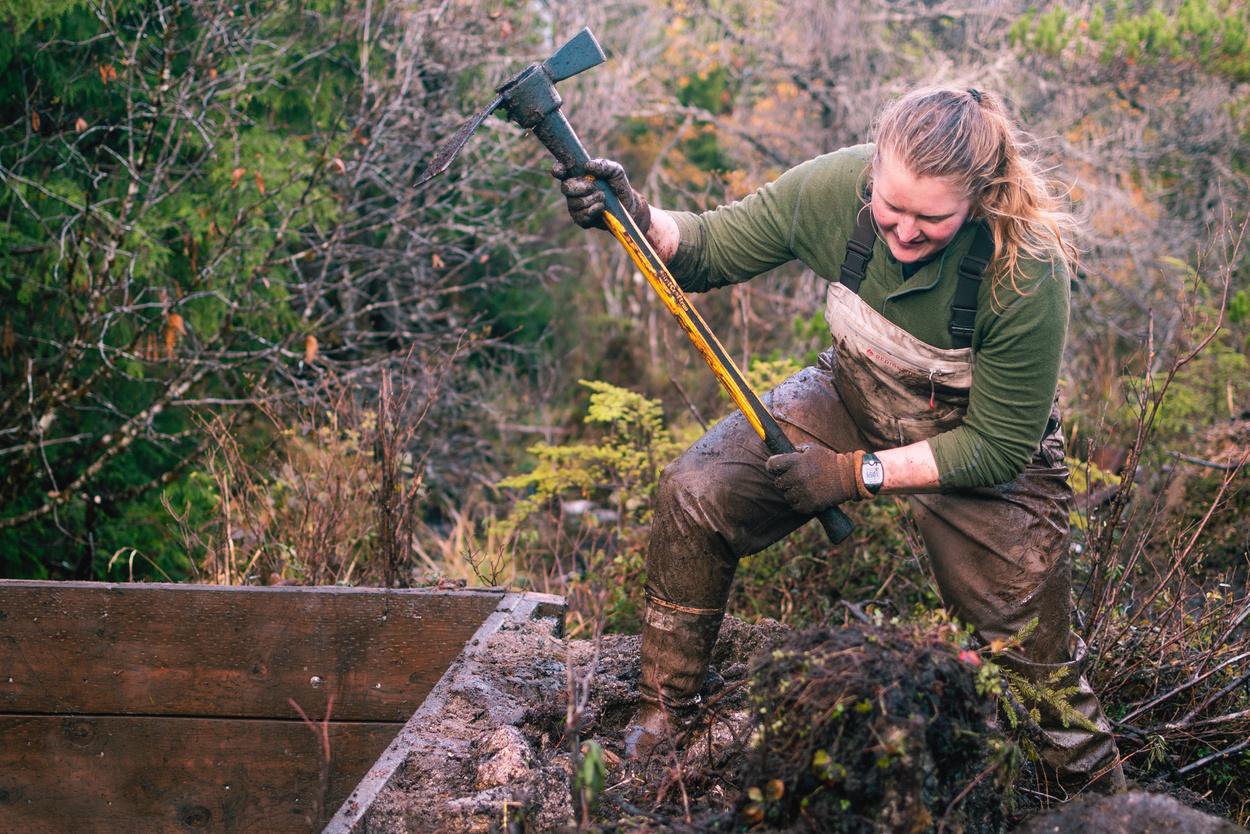
3 minute read
Basics of Regenerative Economics
Regenerative economies are thriving throughout Alaska in ways that maintain continuity across millennia of Indigenous stewardship. The following pages are filled with examples of how people are putting theory into practice across regions and economic sectors, guided by Alaska Native values. We seek to share the vibrant future that is already here. We invite you to take part in building pathways that ensure the great shift is not just inevitable but also equitable. Transition is inevitable; justice is not.
In Alaska, many of us measure “wealth” by more than financial income; we measure our wealth in terms of caring neighbors and by how full our freezers are–of fish, moose, caribou, and berries. Regenerative economics helps us recognize that our natural systems are in crisis and that we are not separate from them. Sustaining the status quo is not good enough. Regenerative economics undoes harm and creates economies that restore natural systems.
Advertisement
In the Alaskan context, we know that diversity is essential to resilience. We recognize that no single industry, policy, or investment is the solution. We also recognize that over-reliance on one industry (oil and gas, for example) has created systemic problems for Alaska. Diversifying our economy does not mean advancing other types of natural resource extraction. Shifts in Southeast Alaska away from extractive timber industries can inform how other regions respond to pressures to mine, frack, and drill.


REGENERATIVE ECONOMICS IN ALASKA
The Sustainable Southeast Partnership has a decade of expertise building the relationships needed for Tribes, conservationists, Alaska Native Corporations, and regional nonprofits to advance a shared vision for the region. Spruce Root, an Alaska Native-run Community Development Institution (CDFI), is especially well-positioned to provide financing, and, at times more importantly, the technical assistance needed to expedite a Just Transition. Spruce Root supports small businesses through their Path to Prosperity Program, wherein they lead a coalition of finalists on a large grant application for funding. They are also one of many partners who recently launched a new fund, the Sea Coast Trust, to advance Indigenous led development.

Restoration and remediation has tremendous potential to employ Alaskans while increasing social and ecological health. Extractive industries and the Armed Forces' direct hand in extraction and imperialism have contaminated thousands of sites with hazardous wastes that enter traditional foods and cause endocrine disruption, neurodevelopment and reproductive harm, immune suppression, and cancers in wildlife and people. Climate warming releases legacy chemicals from thawing permafrost. In a Just Transition, the tens of billions of dollars necessary to clean up these sites will employ Alaskans to heal and restore lands and waters using safe, innovative methods, and with the consent, involvement, and protection of local communities and workers.

Transitions within Alaska’s workforce are already underway with support of Alaska Works, IBEW’s Alaska Electrical Apprenticeship, and veteran specific programs like Boots to Business, Alaska Apprenticeship Training Coordinators Association’s Helmets to Hardhats program and IBEW’s Veterans' Electrial Entry Program. Organized labor and unions’ vital role in a Just Transition can’t be overstated. Alaska’s renewable energy
sector alone is projected to provide more
jobs than the oil industry when the state transitions to renewable power between 2030 and 2050. Now is the time to bolster the job training and technological expertise to ensure these jobs go to Alaskans and not outside contractors. Workforce development is a strategic investment in Alaska’s future.
LIONE CLARE
Bioremediation uses fungi and other organisms as filters and catalysts to break down and remove harmful chemicals from the environment. In Alaska, the Fungi Alliance is a social enterprise providing services, consulting, and fungal products for soil remediation.










